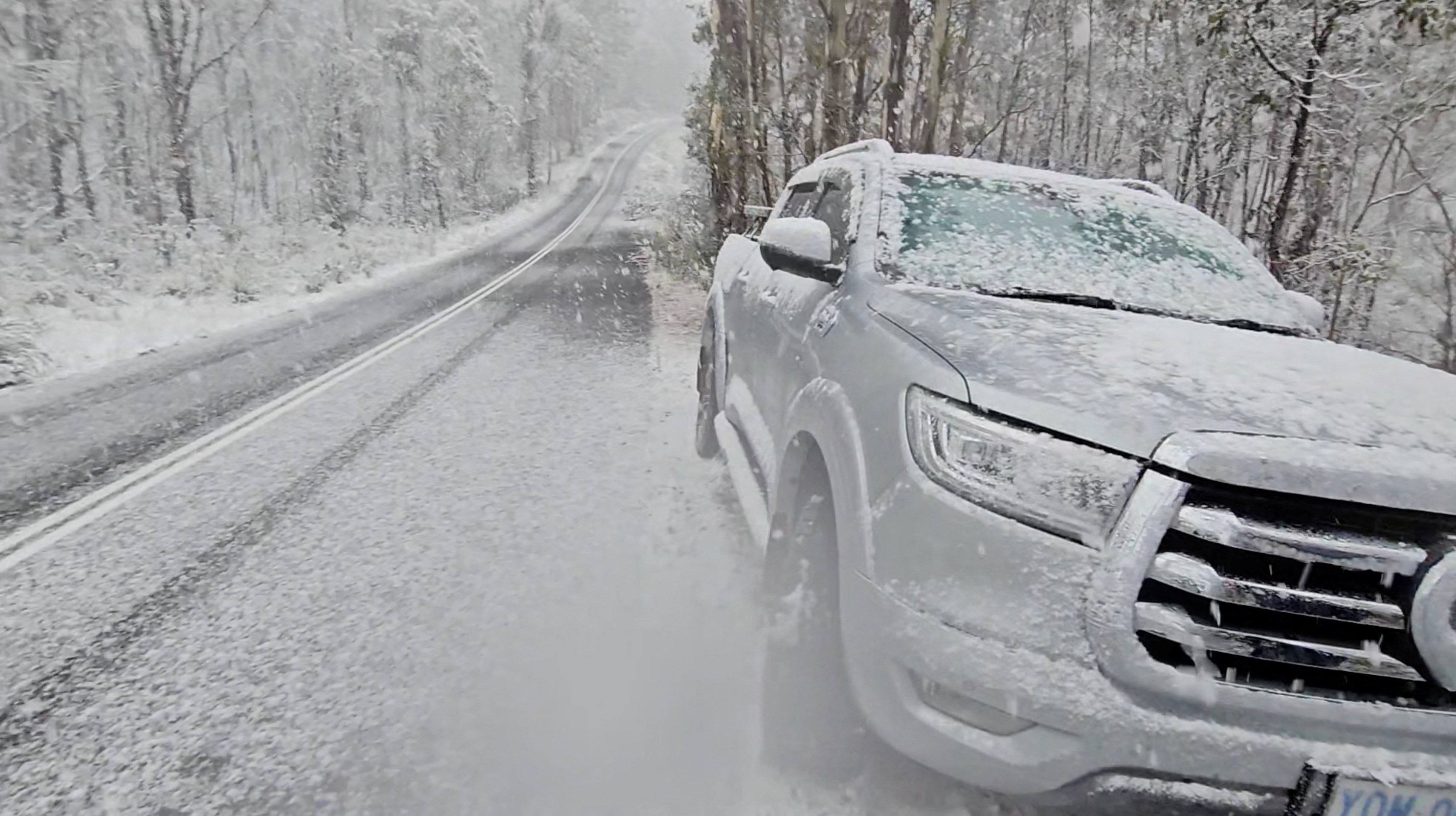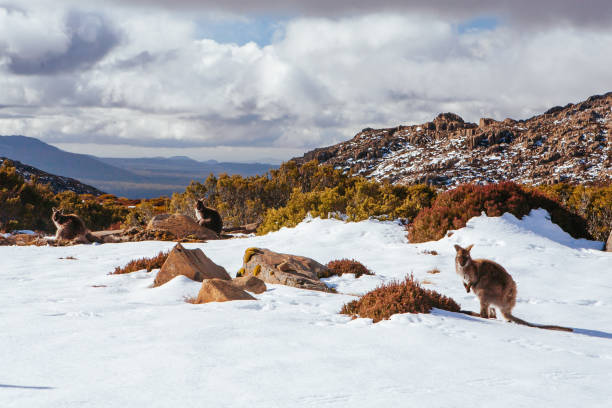Enjoy the Magic of Snow In Australia with Exciting Activities and Picturesque Scenery
Enjoy the Magic of Snow In Australia with Exciting Activities and Picturesque Scenery
Blog Article
Discover the Remarkable Effects of Snow in Australia on Neighborhood Environments
Despite its reputation for sun-soaked landscapes, Australia also flaunts areas buried by snow-- a sensation that greatly affects the country's distinct communities. The shielding residential properties of snowflakes protect vegetation and animals amidst the coldest wintertimes, while the melting snow supports rivers and water life. The genuine wonder lies in exactly how these wintry problems form the country's biodiversity and nutrient cycles. As we unravel this detailed relationship, we locate ourselves walking on unexplored premises in Australia's high country.
The Unanticipated Regions of Snowfall in Australia
The high country areas of New South Wales, Victoria, and Tasmania are especially known for their winter snow. The Snowy Mountains in NSW, for instance, get plentiful seasonal snow, using a stark comparison to the nation's common warm, arid environment. The visibility of snow in these areas substantially affects local environments, consequently affecting the nation's special biodiversity.

Exactly How Snow Impacts Australia's One-of-a-kind Plants
While it may seem uncommon, snowfall in Australia plays a critical duty in shaping the nation's special plants. The snow-filled wintertimes foster durability in Australian plant varieties. This is specifically noticeable in the sub-alpine and towering areas, where snow gum tissues and hill plum-pines grow. These plants have actually advanced to endure in severe problems, with snow acting as a protective blanket from severe winds and freezing temperatures. The snow additionally contributes to the moisture content of the soil, supplying required hydration for plant life during the completely dry summer season. Fundamentally, the snow influences the timing of blooming and seed dispersal, the growth rates, and the survival of several plant types, showcasing the intricate interaction between climate and flora in Australia.

The Adaptations of Australian Fauna to Snowfall
Simply as Australia's flora has actually adjusted to the wintery conditions, the neighborhood fauna also, display impressive adjustments to the snowfall. It makes use of the snow as insulation, hibernating in rock gaps underneath the snow to remain warm. you could check here The Snow Skink, a types of lizard, transforms its colour to white throughout winter, offering camouflage versus predators.
The Function of Snow in Forming Neighborhood Environments
Fit the regional ecosystems, the role of snow in Australia is both multilayered and extensive. It affects the circulation of vegetation and fauna, largely defining the biodiversity of sub-alpine and towering areas. Snow provides an essential water source, feeding rivers and reservoirs as it thaws, therefore supporting a range of marine life types. In addition, snow acts as an insulator, safeguarding ground-dwelling organisms from extreme cold. Similarly, it plays a considerable duty in dirt development and nutrient cycling. The routine freezing and thawing of dirt generated by snowfall promotes the failure of rocks, boosting soil fertility. Subsequently, the existence of snow forms the plant life patterns, animal habits, and general sustainability of Australia's special ecosystems. Snow In Australia.

The Future of Snowfall in Australia: Predictions and Implications

Given the vital role snow plays in forming neighborhood communities, the future of snowfall in Australia is attracting raising focus from researchers and environmentalists. Current environment designs forecast a substantial decrease in snowfall due to global warming, with potentially extensive effects on neighborhood ecological communities. Less snow could cause decreased water availability in towering regions, adversely influencing wildlife environments and plant life. It might change the timing of seasonal changes, interrupting the life cycles of many indigenous varieties. The tourist industry, greatly dependent on the wintertime snow season, might additionally face substantial obstacles. Therefore, understanding these forecasts and their effects is vital to establish efficient conservation strategies, making sure the preservation look at these guys of Australia's one-of-a-kind biodiversity and the sustainability of its economic situation.
Conclusion
The function of snow in Australia's environments is critical yet usually ignored. It functions as a guard, a nurturer, and a shaper of diverse towering species, contributing to the richness of Australia's high nation. As weather patterns remain to shift, comprehending the ramifications and potential improvements of these snow-influenced ecosystems is critical. Hence, the snow in Australia this is extra than a natural phenomenon; it's an essential player in the nation's ecological narrative.
Despite its track record for sun-soaked landscapes, Australia additionally flaunts areas blanketed by snow-- a phenomenon that exceptionally influences the country's one-of-a-kind ecological communities. It uses the snow as insulation, hibernating in rock gaps underneath the snow to remain cozy - Does Australia Get Snow.In shaping the local environments, the role of snow in Australia is both multilayered and profound. The visibility of snow forms the greenery patterns, animal behavior, and overall sustainability of Australia's unique communities
Provided the critical role snow plays in forming local ecological communities, the future of snowfall in Australia is attracting boosting interest from researchers and environmentalists.
Report this page